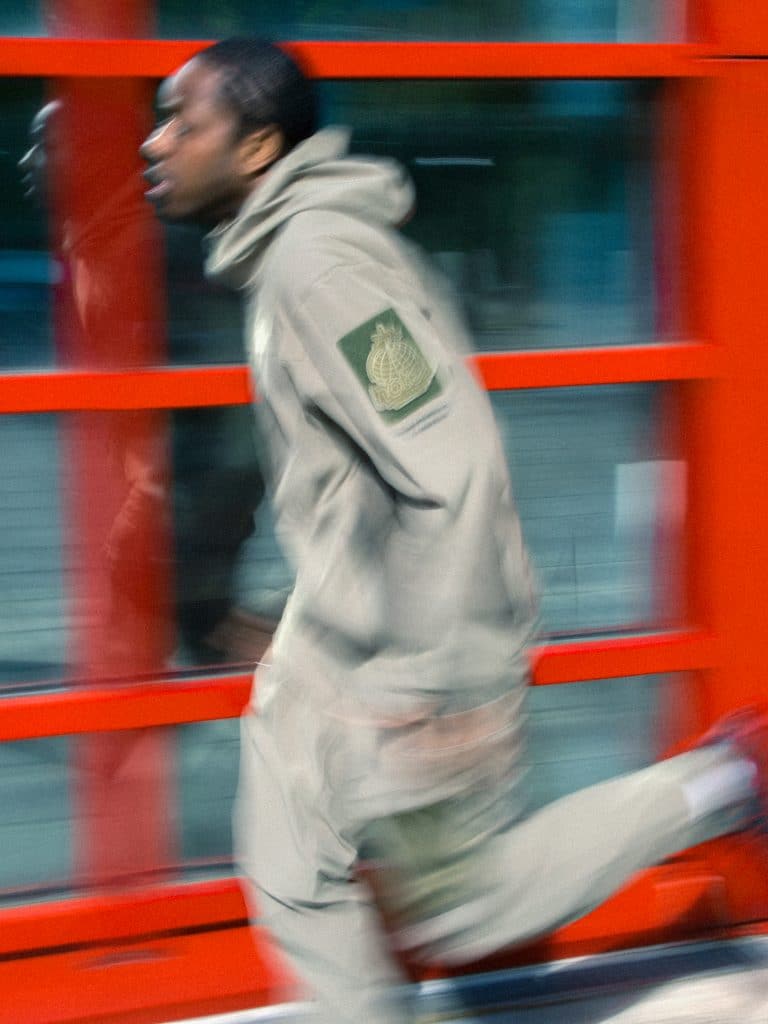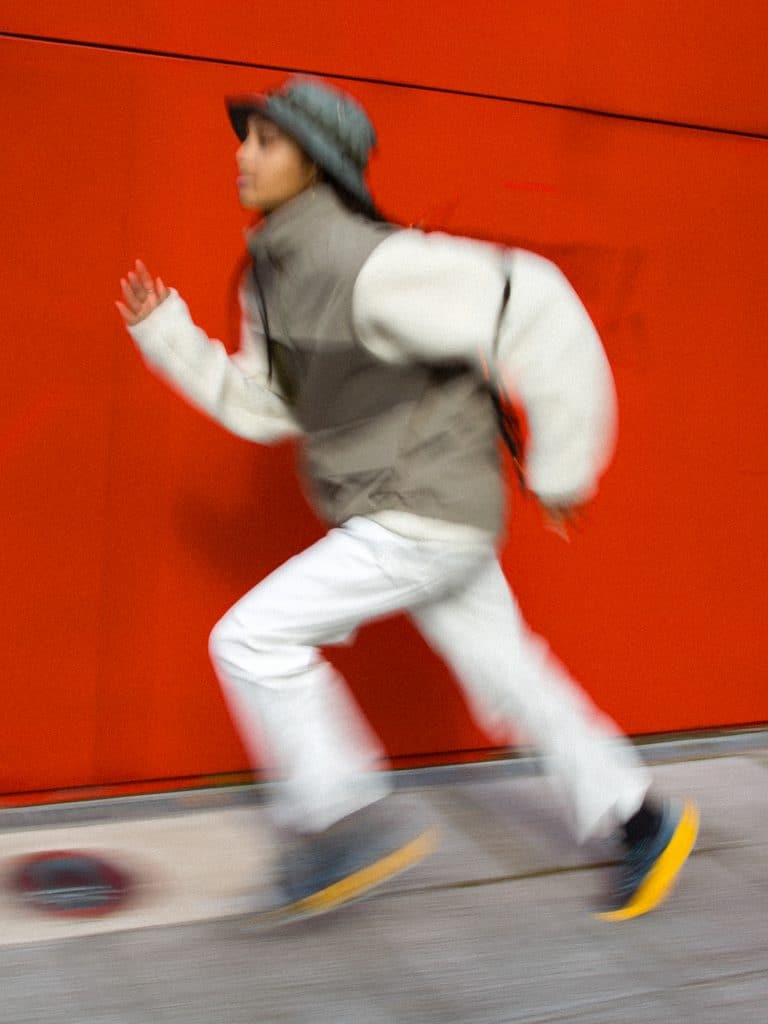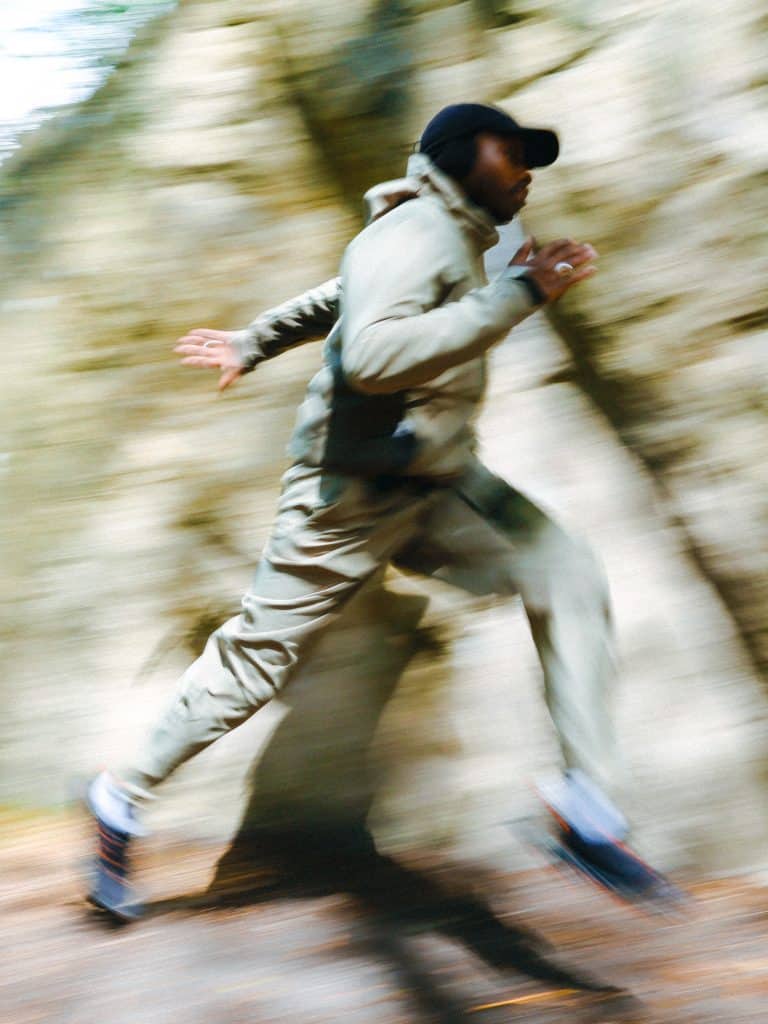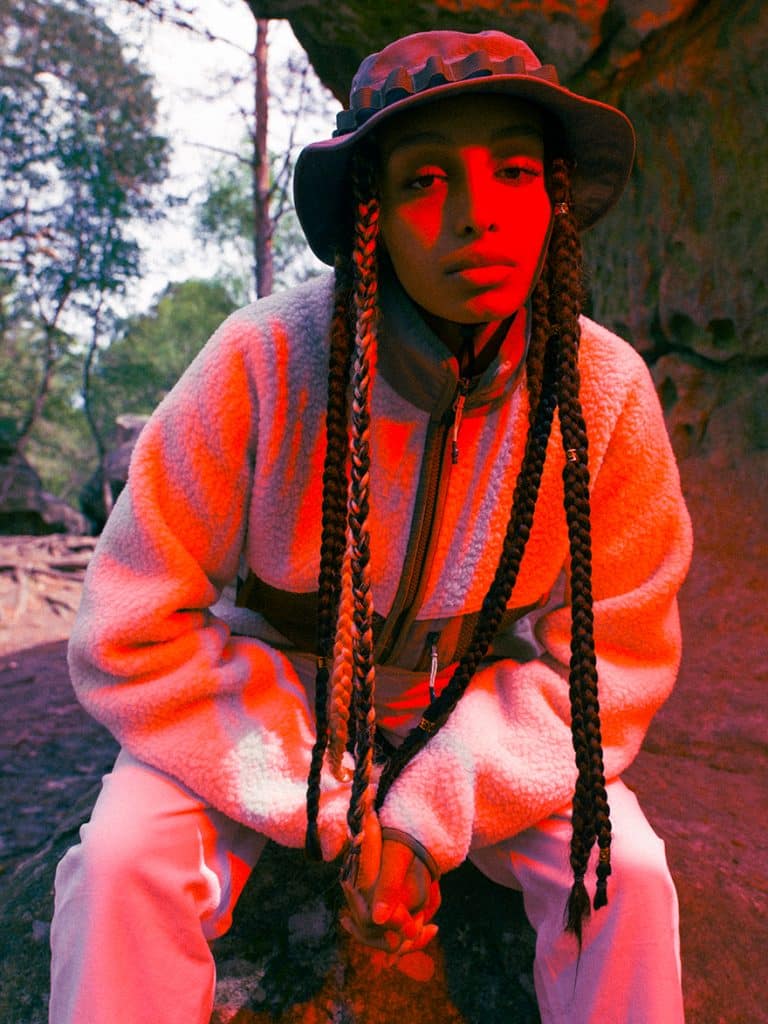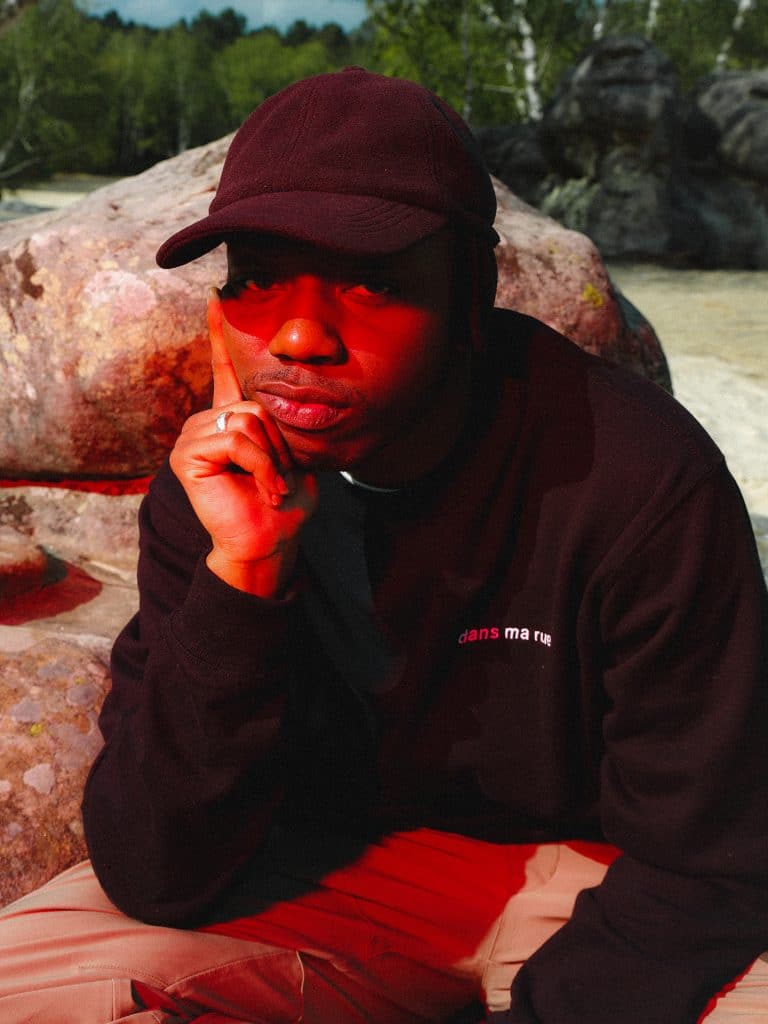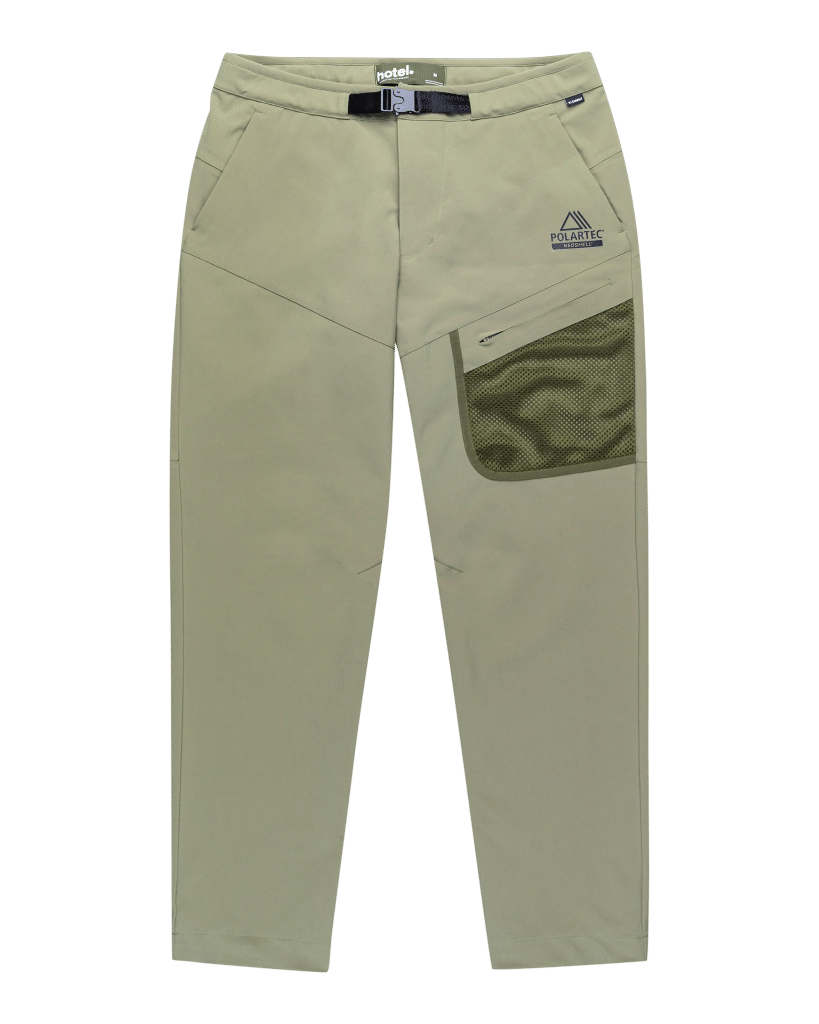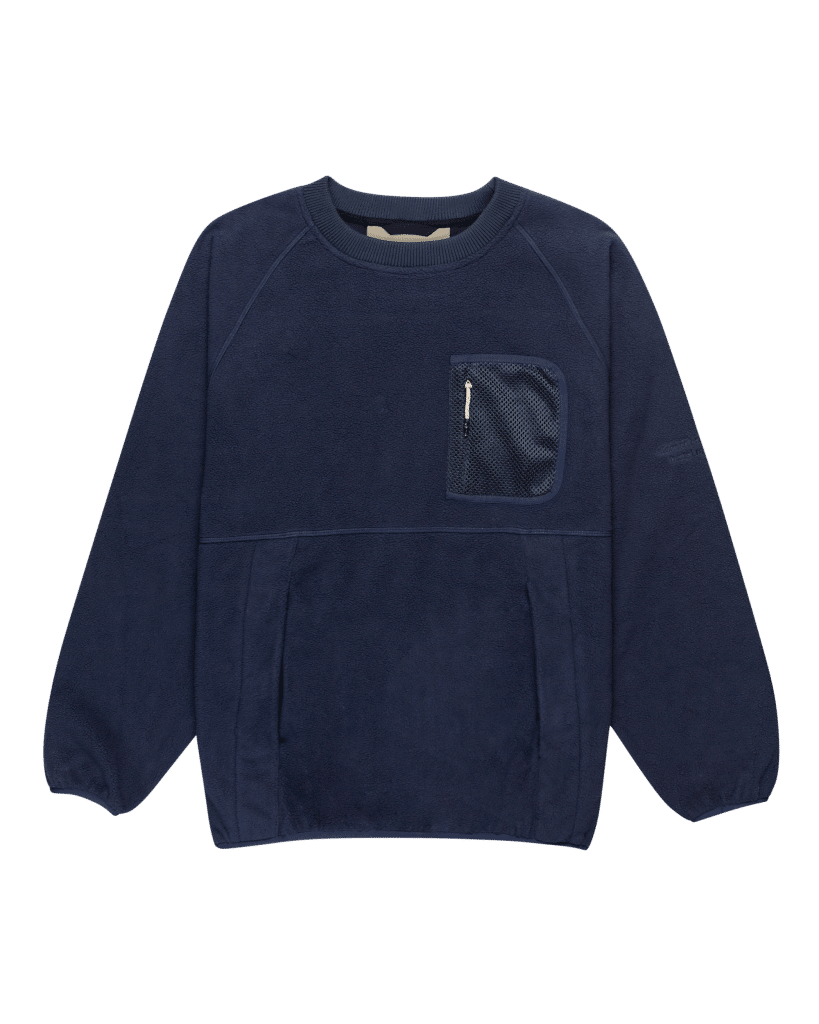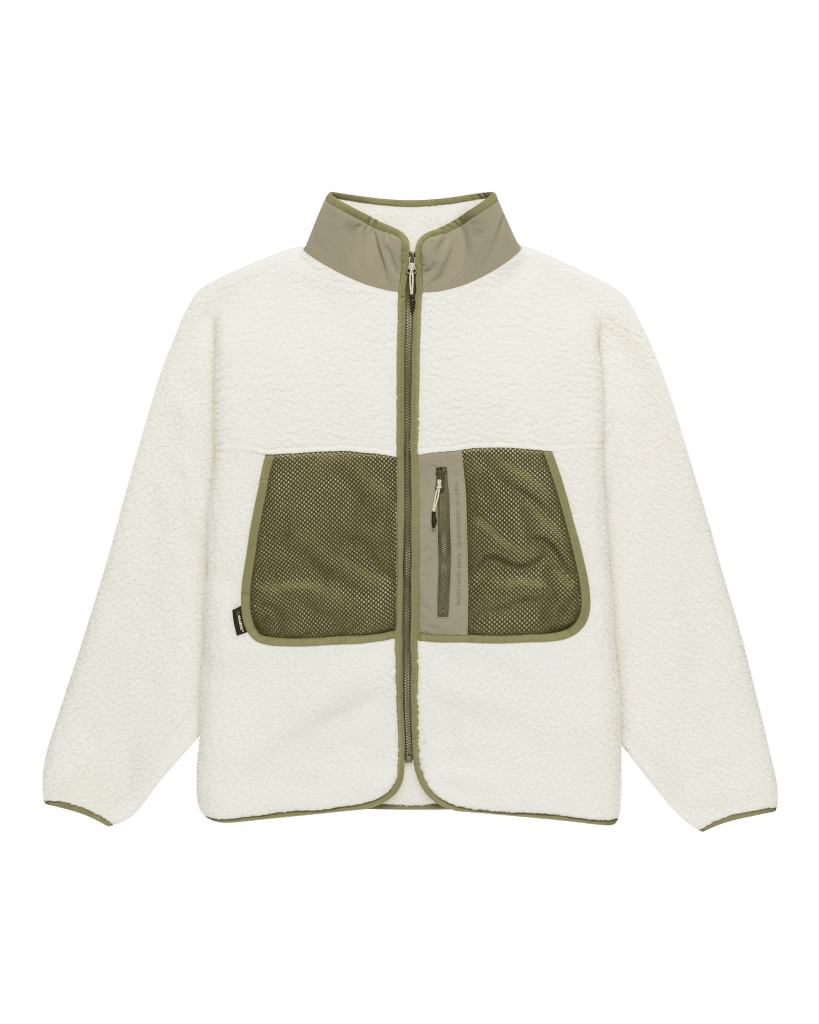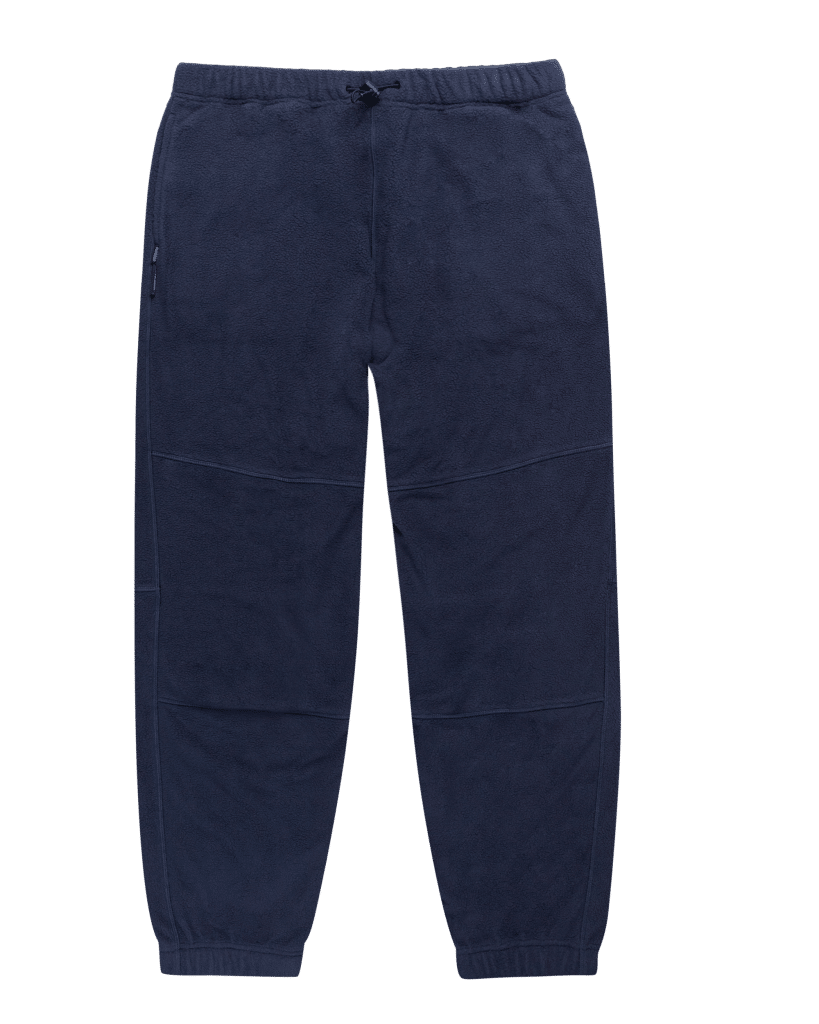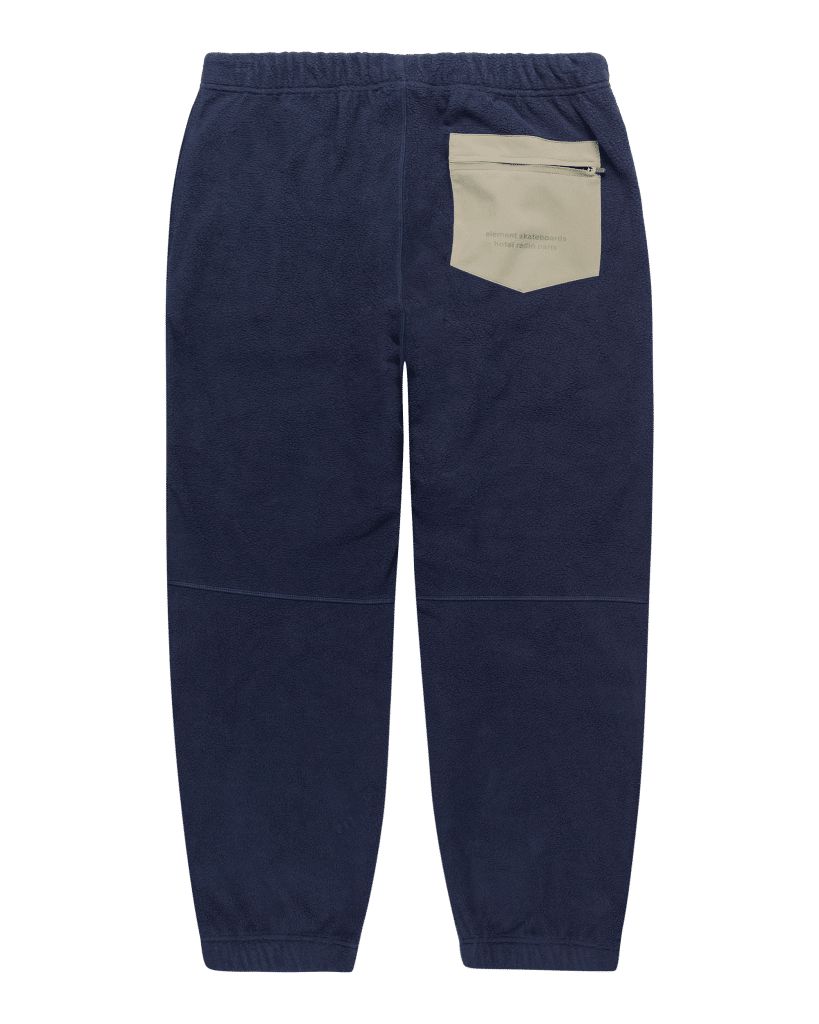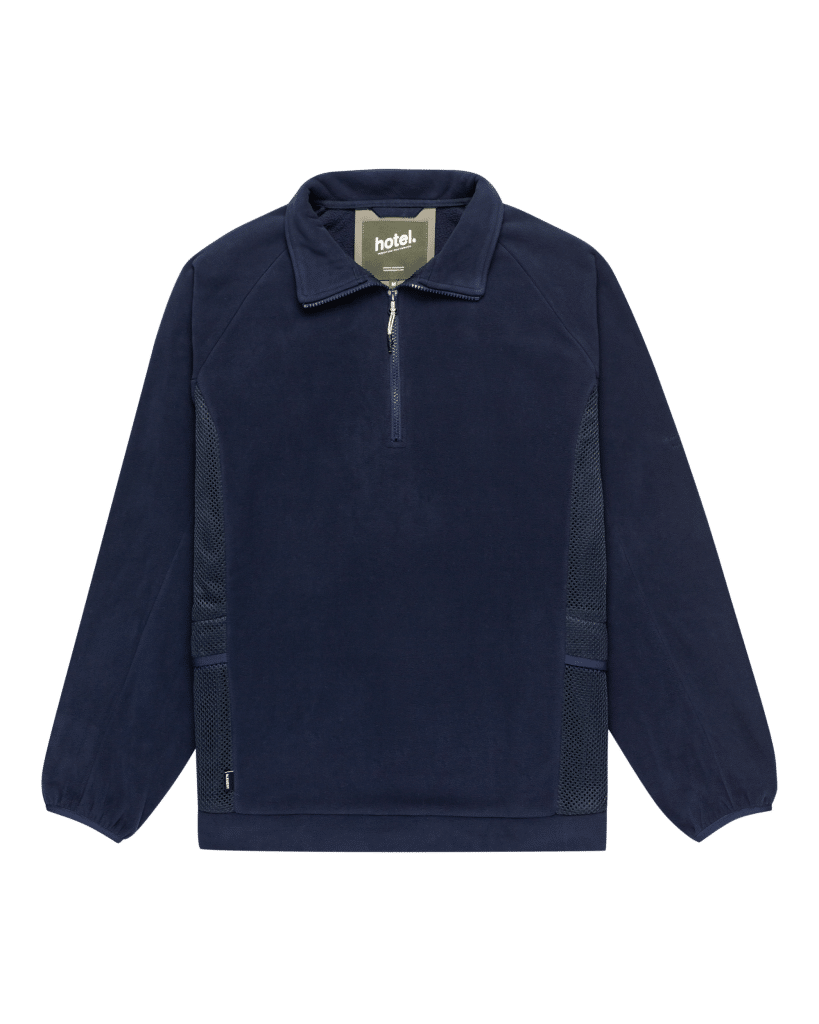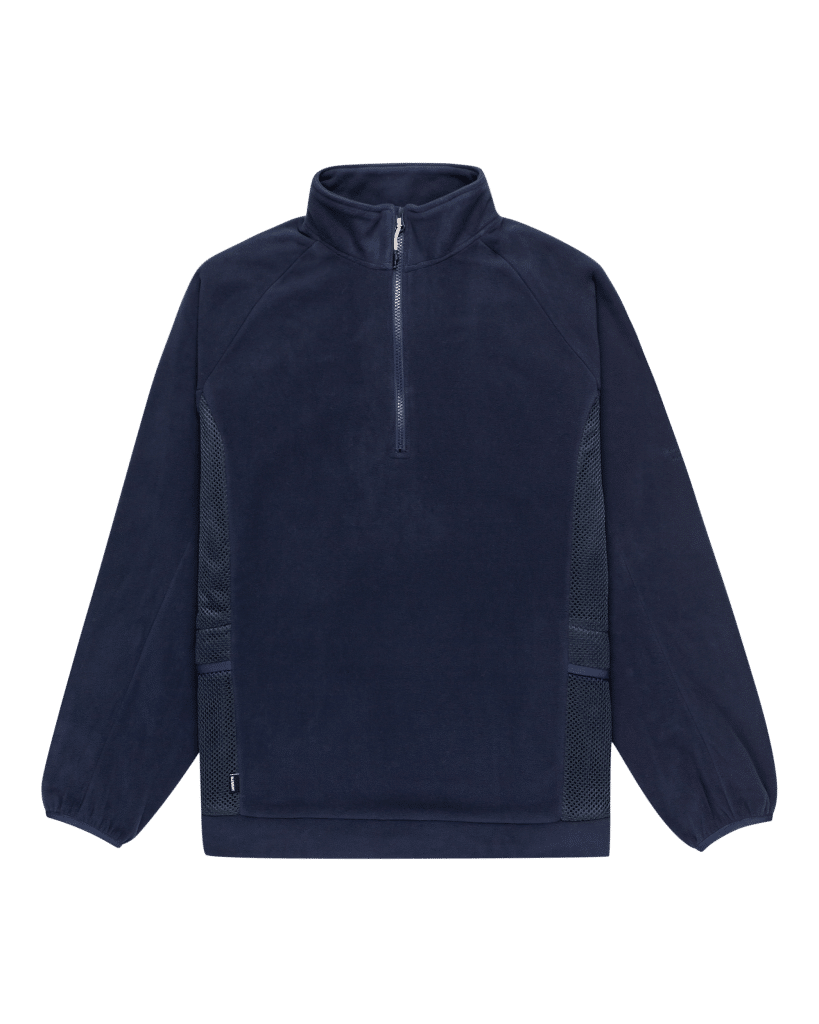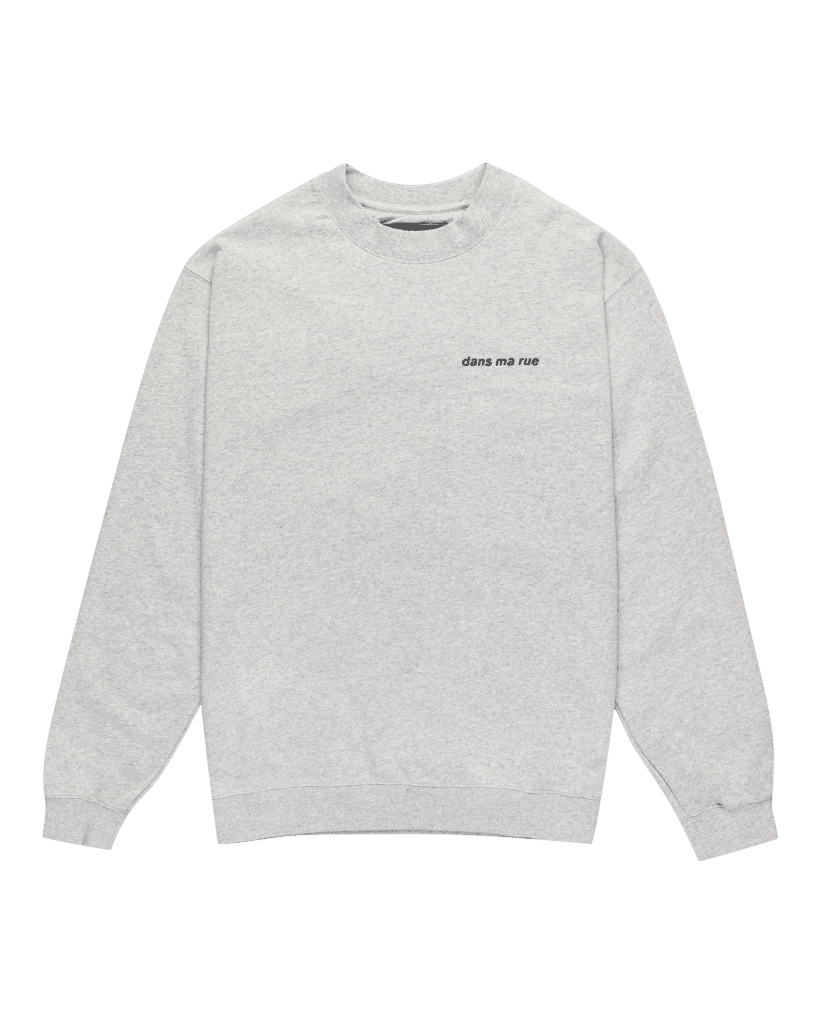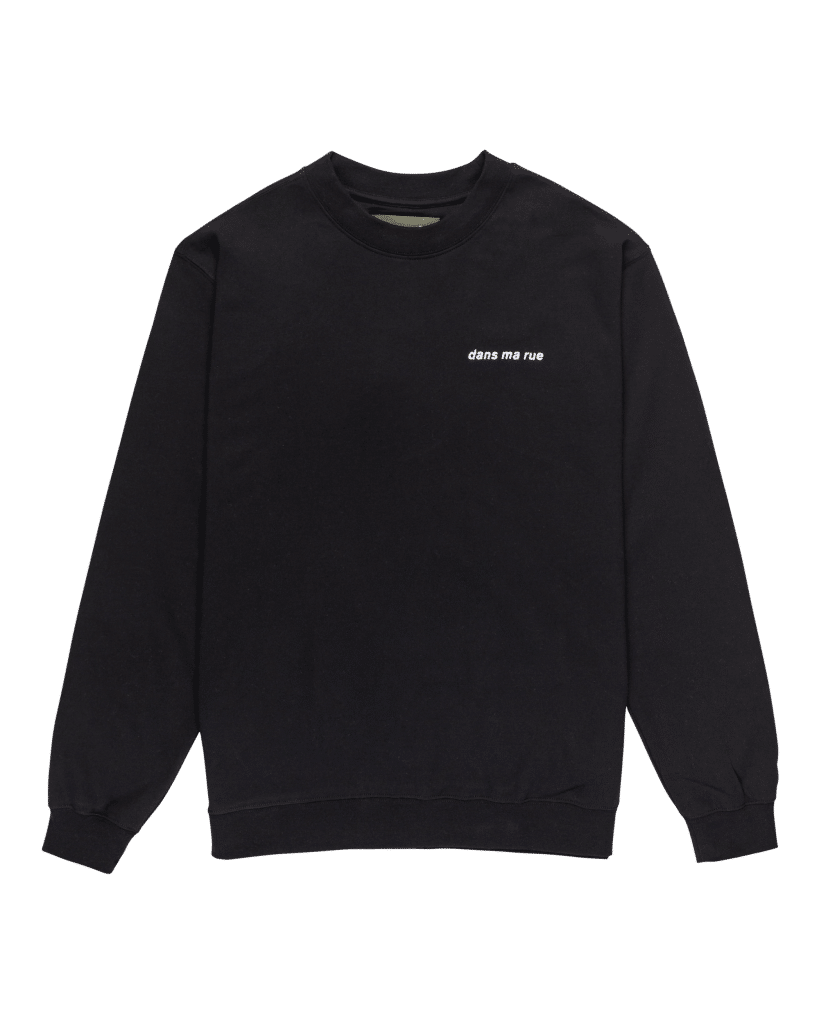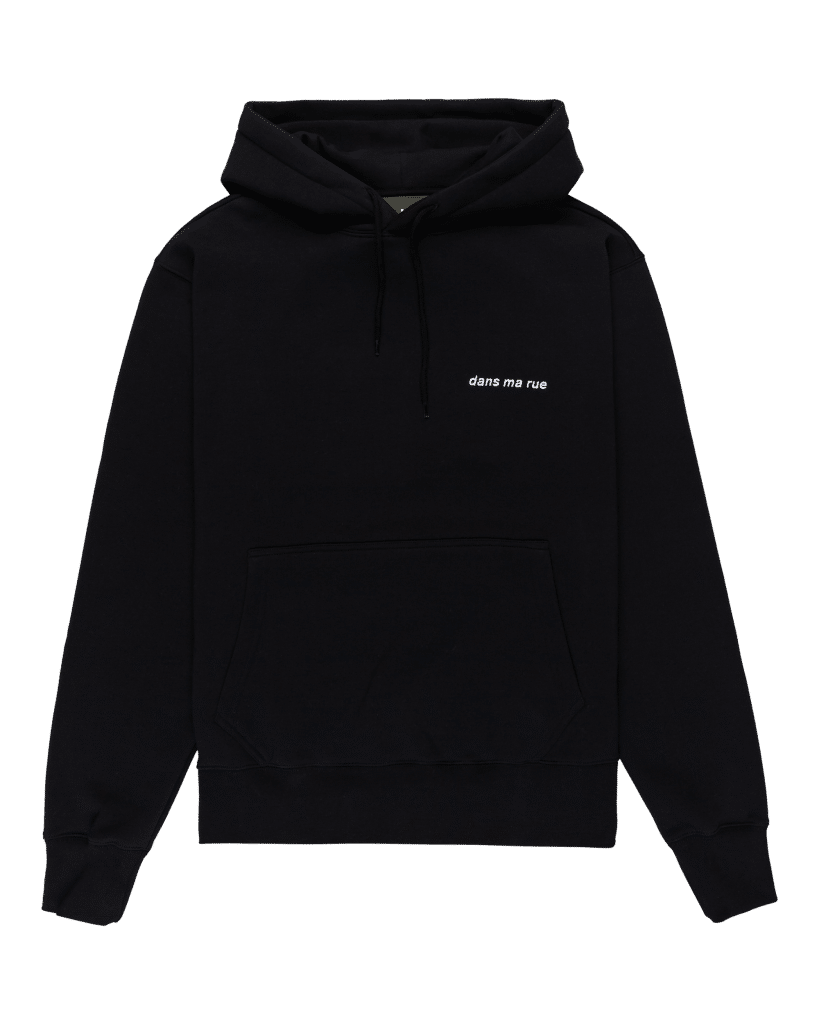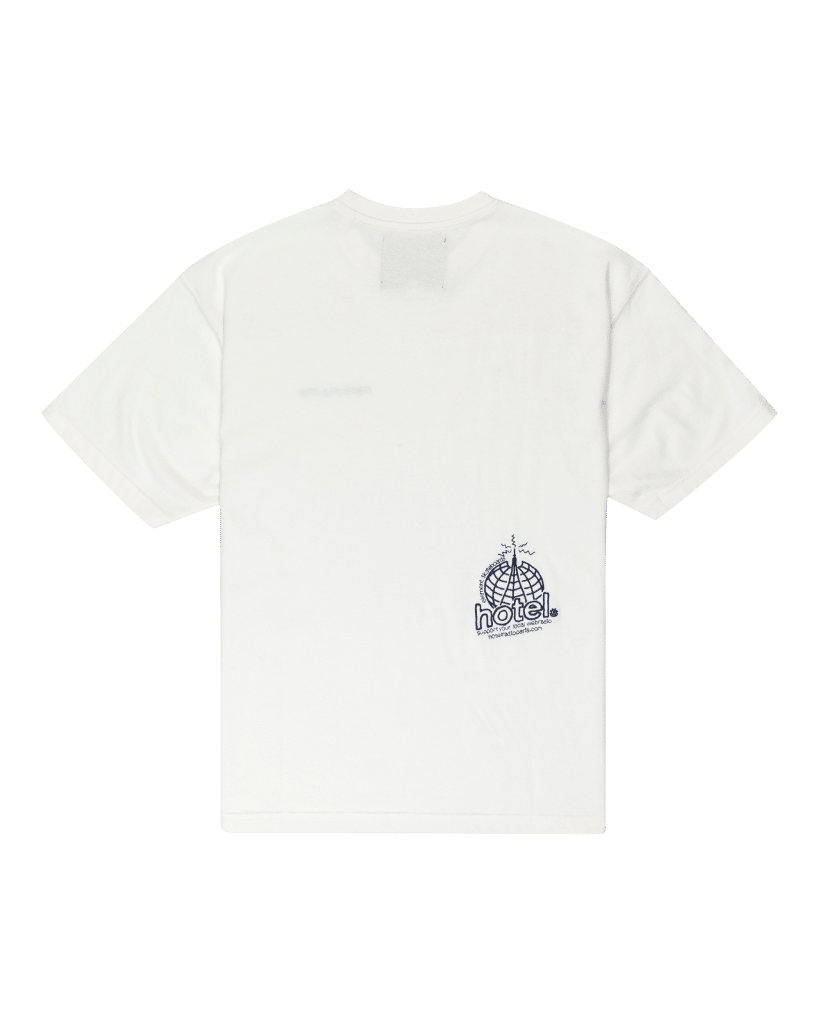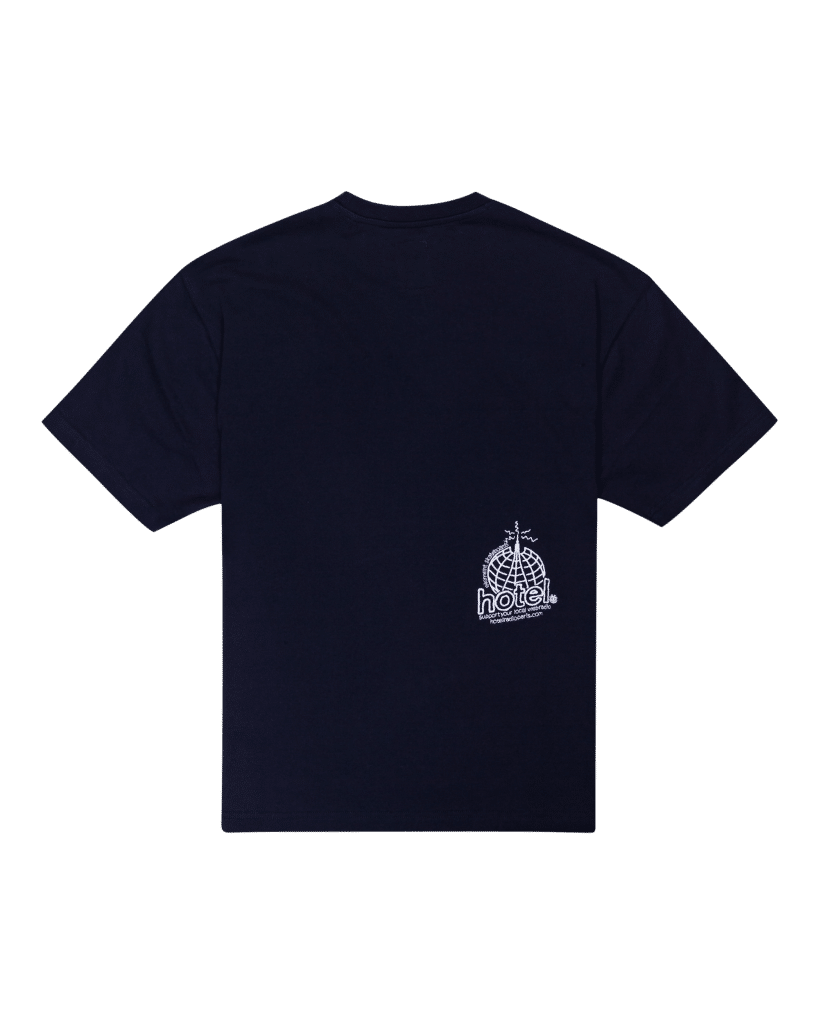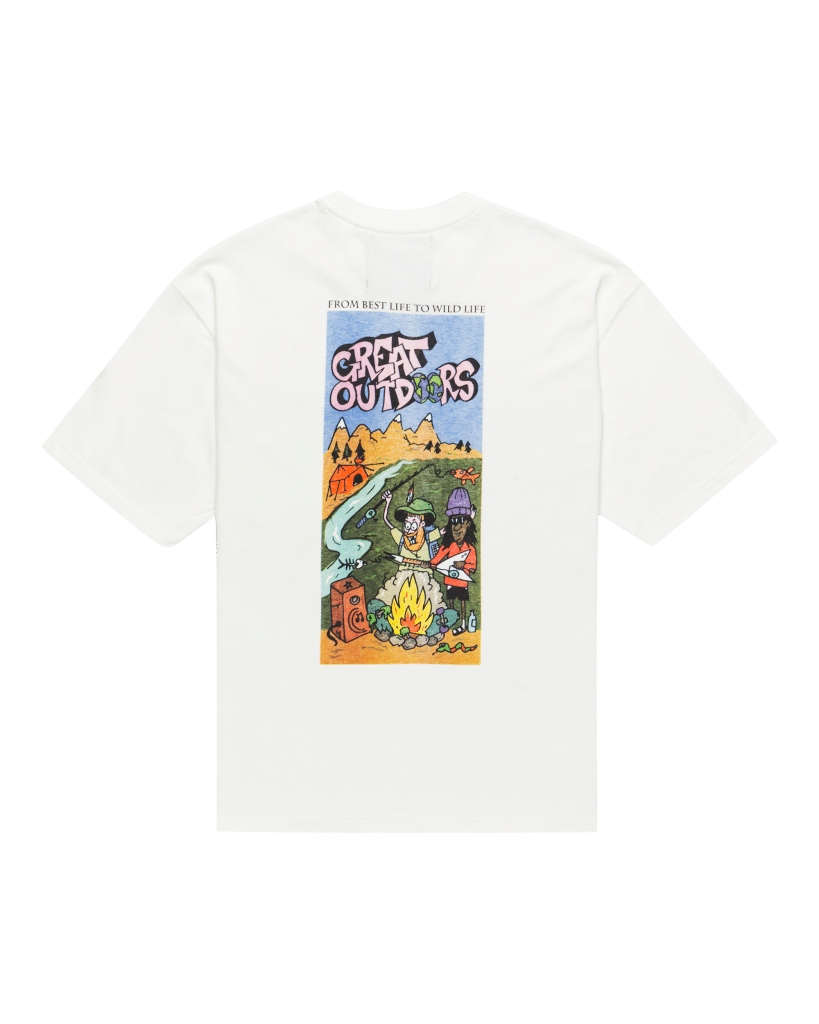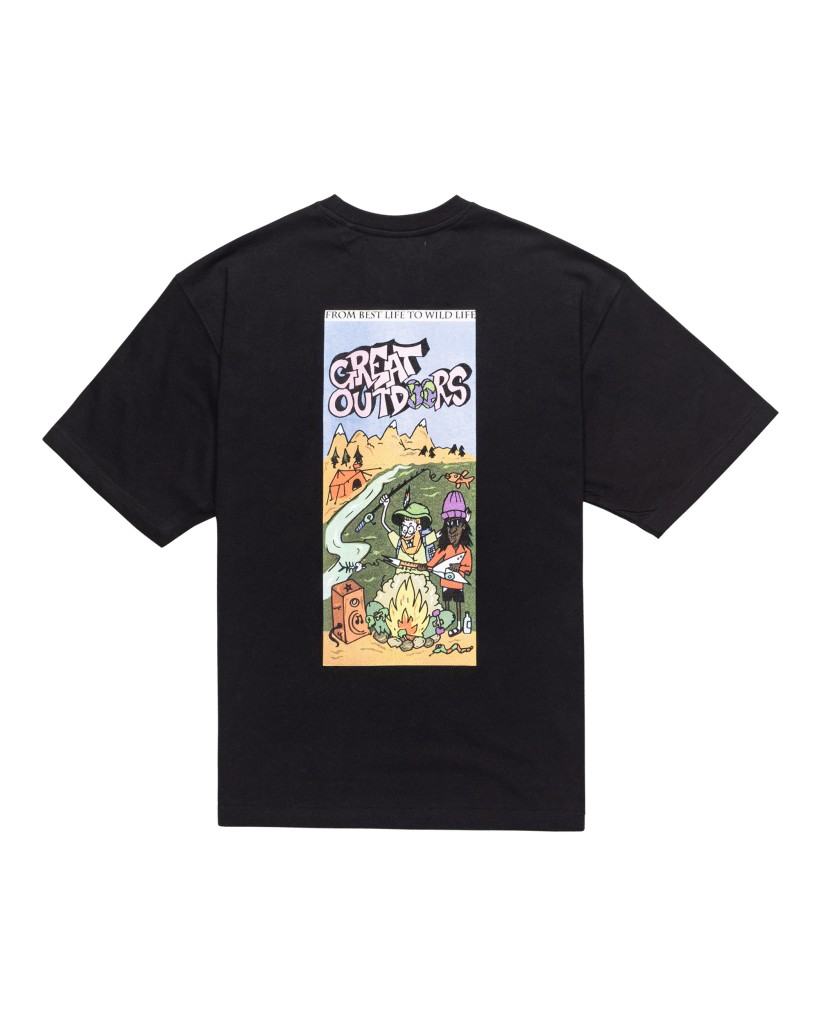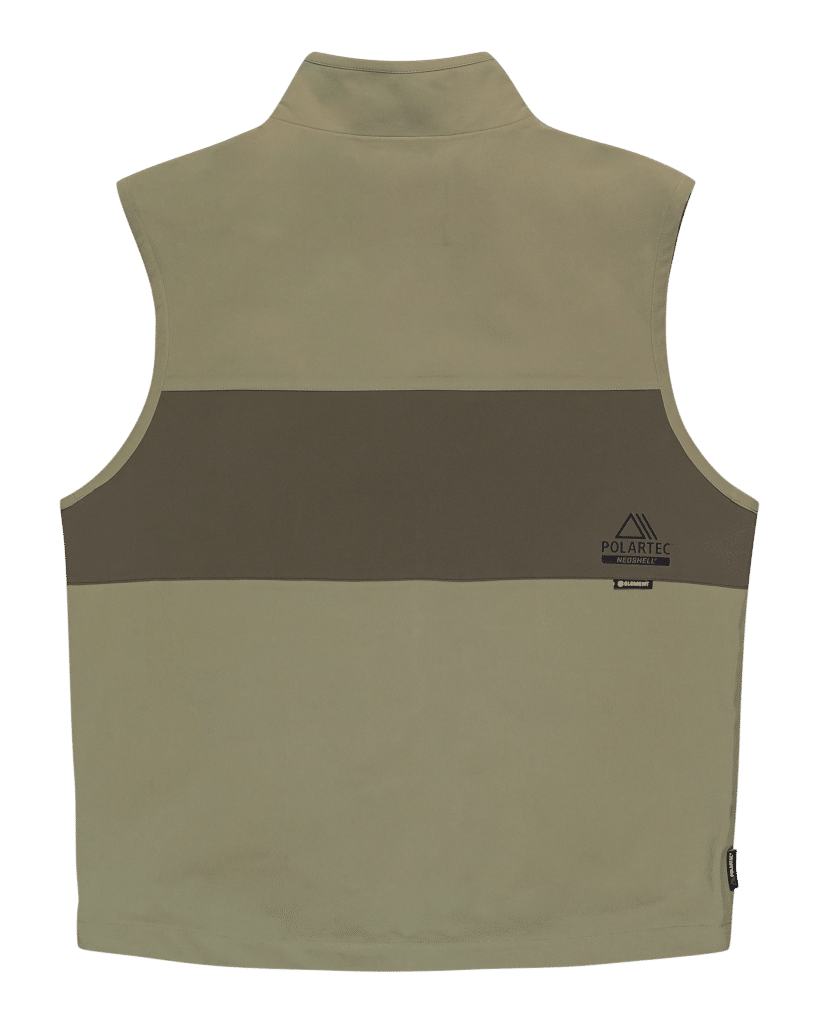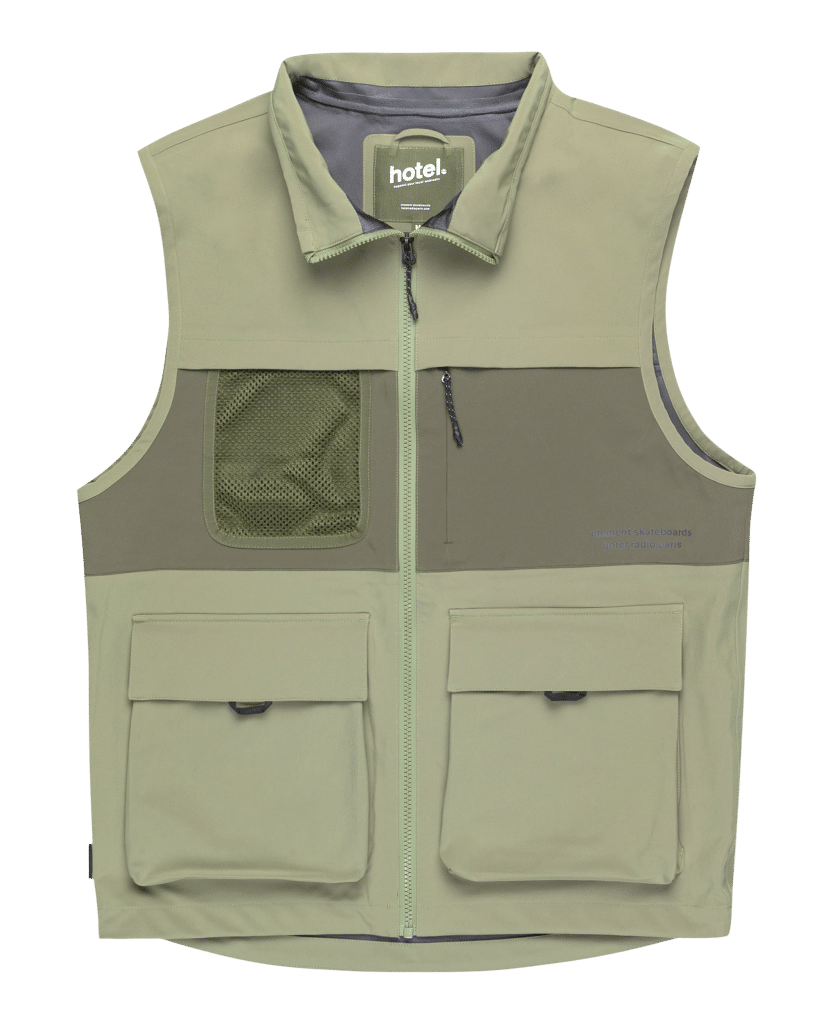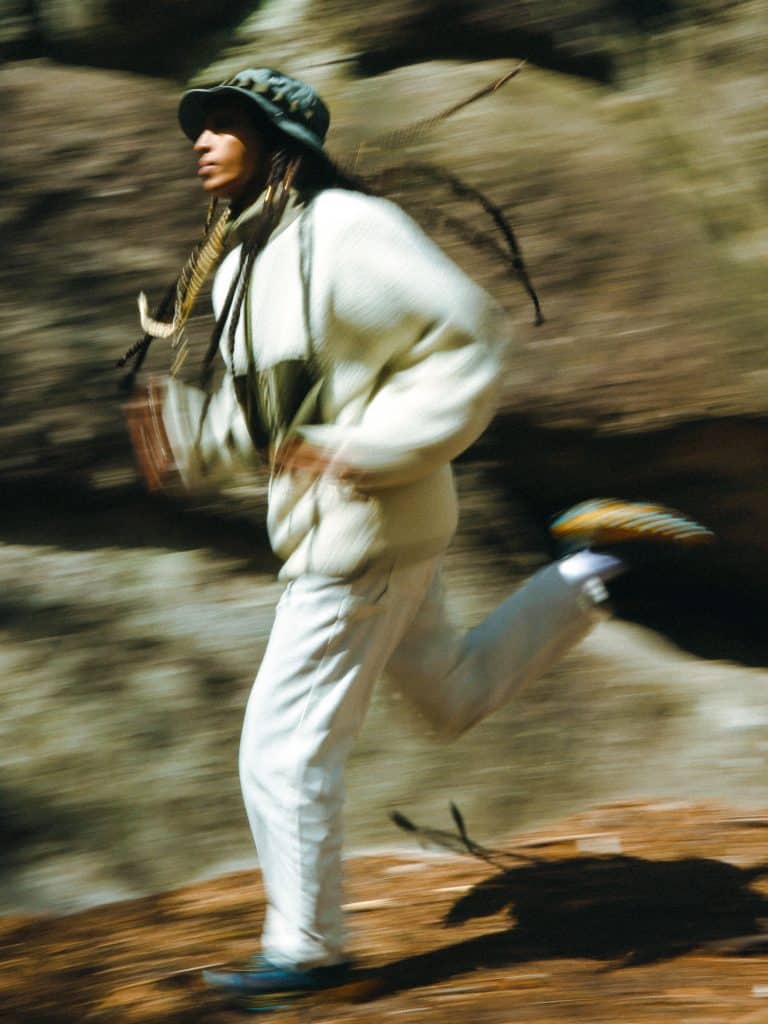
As skate brand Element pairs up with Hotel Radio Paris for a very exciting world tour, we thought we’d pick the brains of their main guy Rey.
Having cut his teeth working for denim brand Edwin, Rey Gautier moved to Element 7 years ago. As Global Creative Director it’s his job to guide the brand’s look and feel, something he continues to do an admirable job on, via landmark collabs with the likes of Griffin and Nigel Cabourn. This latest link-up though, comes from a different place. Hotel Radio Paris is ostensibly a radio station, but what that means in 2021 is entirely different to the traditional stereotype. And yet, the concept of a roadshow is how they’ve chosen to celebrate their coming together with Element.
This is no summertime gathering in a British holiday resort, a la Radio 1 in the 80s and 90s. It’s something far cooler. It had to be when the gear looked so effortlessly smart.
Read on to find out more about Rey’s role and how this ace collaborative project came about.
Hey Rey, how is life treating you?
Fortunately, really well. Keeping busy both professionally and personally which tends to blend together more often than not. It is a good thing as the work tends to encourage getting out a lot with everyone involved within the brand being really active through skateboarding, running, cycling, hiking, camping etc. We are really lucky in the fact that where the brand is geographically based has a lot of outdoor possibilities in our own back yard and the people that work within the brand all crossover a number of these pursuits, so it allows us to blend the work the with personal pretty naturally.
Are you back to normal following the disruption of the pandemic or is normality still some way off?
Feels normal for the most part. Of course, the travelling has been affected which for a while did create a sense of isolation with regards to exchanging with others. However, more recently we have been able to start travelling again for specific events and launches which has been liberating. More recently we attended CPH, a creative skateboarding event held in the city of Copenhagen and Paris for the launch of the Element X Hotel Radio Paris X Polartec collab. Was really good to get the teams out there after such a long period of not travelling. Just basic human exchanges. That is essentially what we had all missed.
During the pandemic, we all just cracked on with it, finding alternatives to research, exchanges and creative marketing solutions. In many ways, it forced us to revaluate what is really important to us, find new solutions and be grateful for all the freedoms of travel had prior for example. This slowly feels like it is closer to normality again. That said.. missed the trade shows, Japan and North America travels as video conferencing doesn’t really allow for those random meetings that inspire new ideas.
The fashion industry (or whatever we’re calling it now!) has changed a lot in the last year or two. What are the main changes you’ve noticed in your role as Creative Director at Element?
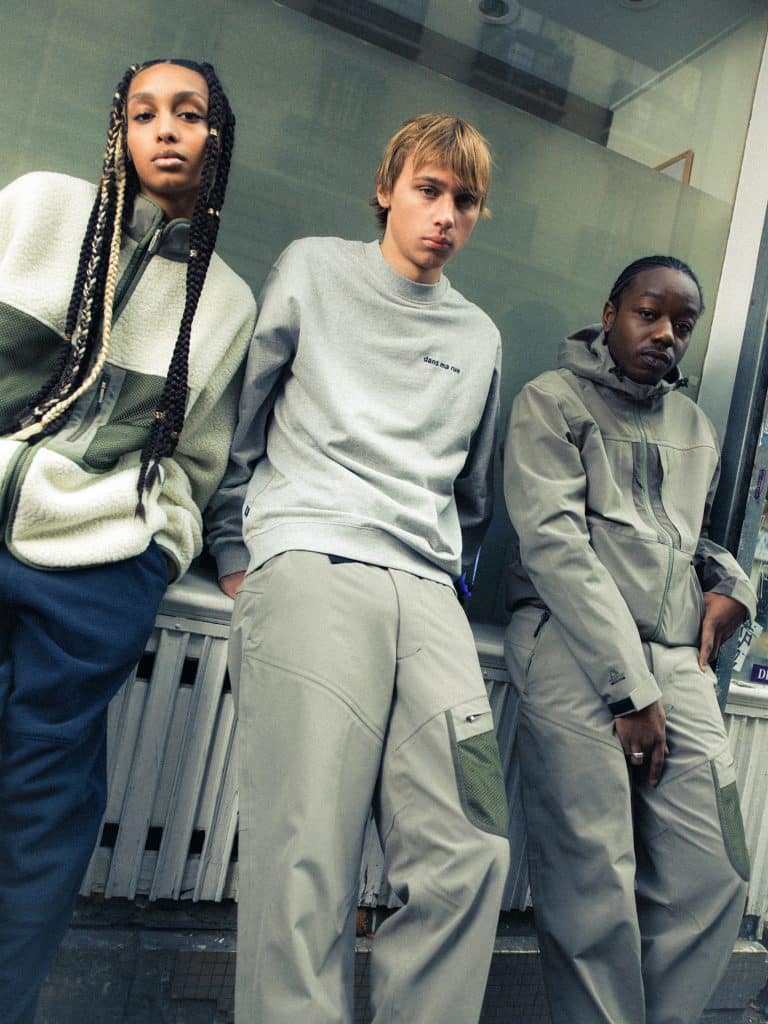
Firstly, the travel. As I mentioned above which allows for human exchange. It affects to a degree the better understanding of other cultures and viewpoints. Being in a place, observing and listening first hand is evidently much richer of an experience than the digital version. The chance meetings of people that can encourage future ideas and projects. A lot of these opportunities are not held behind a computer screen, but out amongst it.
That said, what it did encourage was perhaps a more acute willingness to listen with the people we work with globally, more time through digital to connect and discuss. Slowing everything down a little to consider what it is we want to be doing and how to do it with whom, which has lead to more precision moving forward.
There is also the phenomenon during confinement encouraging more engagement with movement and outdoor pursuits from a local perspective. This meant that more people took up activities such as skateboarding, running, cycling etc. This was good for the brand in general.
Increased involvement of youth with outdoors (through varied and mixed activities) and the fact that functionality through tech has found itself a key component within fashion/street fashion etc.
Basically, it’s similar to what was happening in the late ’90s for some, but more accessible and the functional aspects have become a necessity and youth/people are generally using them within urban and outdoor environments.
Sportswear and in particular outerwear has always been a real point of focus, but rather than just looking good in it, it’s also being used and adopted by younger participants, so also pushing traditional outdoor brands to cater for fashion/street vs it being adopted as a style choice.
I remember always being impressed by Element every time I’ve seen it at tradeshows, but being a non-skater it has always existed just outside of my normal comfort zone. How important is skateboarding culture in Element’s DNA?
Element is a skateboard brand about to enter its thirtieth year. Skateboarding is at the centre of the brand, it has to be. However through that thirty-year period skateboarding has evolved so much on many levels, which has also provided the brand with an opportunity to evolve and develop products it would not have been able to do thirty years ago.
The brand has successfully developed an apparel collection based on its core values that are rooted in skateboarding and nature. The link to nature and the outdoors has been with the brand since the early ’90s.
The brand has always had people within it (skateboarders/artists/friends etc..) that have been heavily involved with connection to the outdoors and nature, so it is only natural that as the brand evolved, we made products that fit with what the brands participants love to do.
We do not consider ourselves as an outdoor brand, we are a skate brand, but we make products that will accompany you to get out there without necessarily feeling the need to spend on highly technical pieces. It’s functional, it’s based on that natural connection Element sees as part of its DNA which is linked to the fact that the brand is based on the elements of nature, the things we ride are made from the wood that occupies the forests we hike, camp and bivouac in.
The way this has evolved is like anything really, it’s happened naturally, one thing leads to another and the more you surround yourself with passionate and talented people, the more the product evolves and improves.
One aspect I find interesting with Element, is that it captures the attention of quite young participants through skateboarding. As they evolve they have the apparel designed for a wider age group to accompany them. Some disengage, some stick with the brand, some come back to it later, but it’s the skateboarding that keeps it relevant and the point of difference from a lot of other choices. It keeps it engaged with youth culture as it’s the youth that challenge ideas, challenge the establishment codes, constantly deconstruct to reconstruct, moving it all forward and keep it fresh.
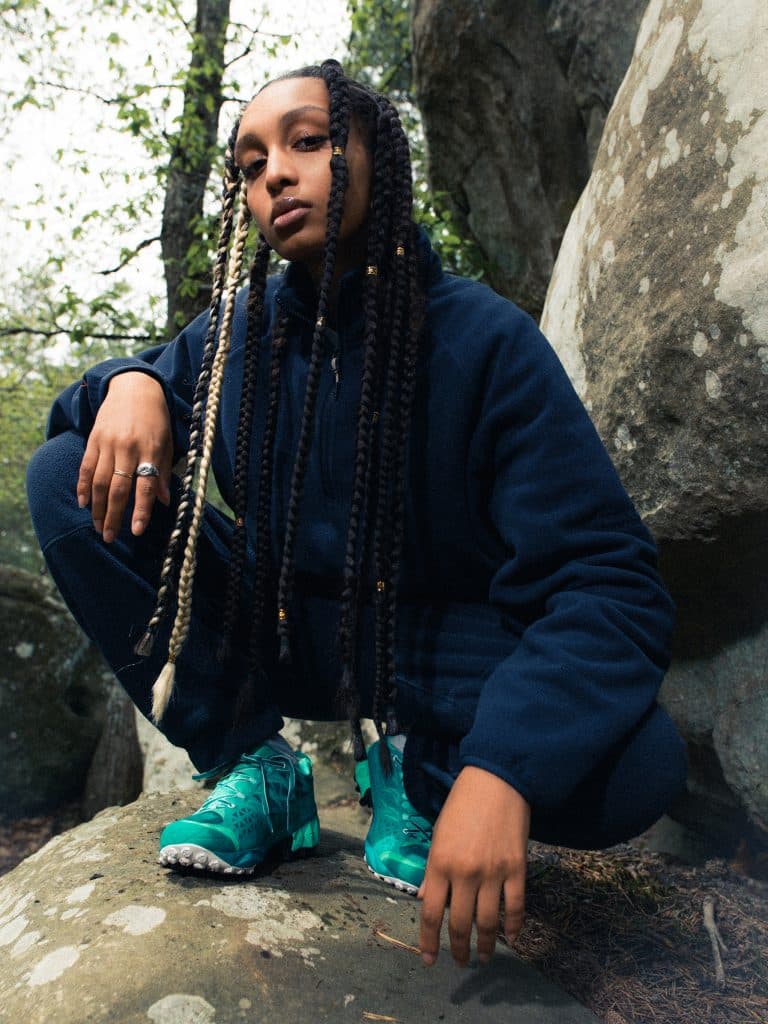
Collaborations are always a handy way for brands to showcase themselves to a different audience, and Element have been really open-minded with this in the past. Some people think collaborations are a jaded concept but I think there’s still a place for authentic partnerships. What is your take on this?
Collaborations for me are a bit like an exchange trip. You share and swap expertise with the aesthetics and brand DNA’s blending. It’s a specific moment in time. We approach them with this in mind. There is a risk that too many collaborations can detune or dilute a brand’s fundamental direction, but like everything, there are great ones and not so great ones.
Your most recent link-up is with Hotel Radio Paris. What is about them that makes it make sense to Element?
JC, the founder of Hotel Radio Paris is a skateboarder. We met at an event we held at Nous in Paris (now defunct) for the launch of the Element Cabourn collection. JC was spinning for the event and we just hit it off as we had friends and interests in common as JC had spent a number of years in London. We got talking about other interests in technical outerwear and outdoor interests we both have. It really just happened very naturally. Hotel Radio creates a platform for creative youth through music, this connection resonated with Element and the objective to link youth through music and getting them into the outdoors. We started the process based on talking about fabrics and garments we loved and aligned on Polartec as it was so versatile. Especially the Neoshell fabric we have used heavily across the pieces.
Having read about the gear in the range, it does have a ring of authenticity. It somehow manages to mash skateboarding, the great outdoors and street culture together. Was this your aim?
Hundred percent. It was the point. JC is a skater and spends a lot of his spare time hiking, fishing and going on big bivouac missions. With Element, we always work around that principle of blending skateboarding with outdoor activity. The objective was to create a collection using the most high-performance Polartec fabrics with an aesthetic, detail and functionality relevant both in the city and outdoor environments.
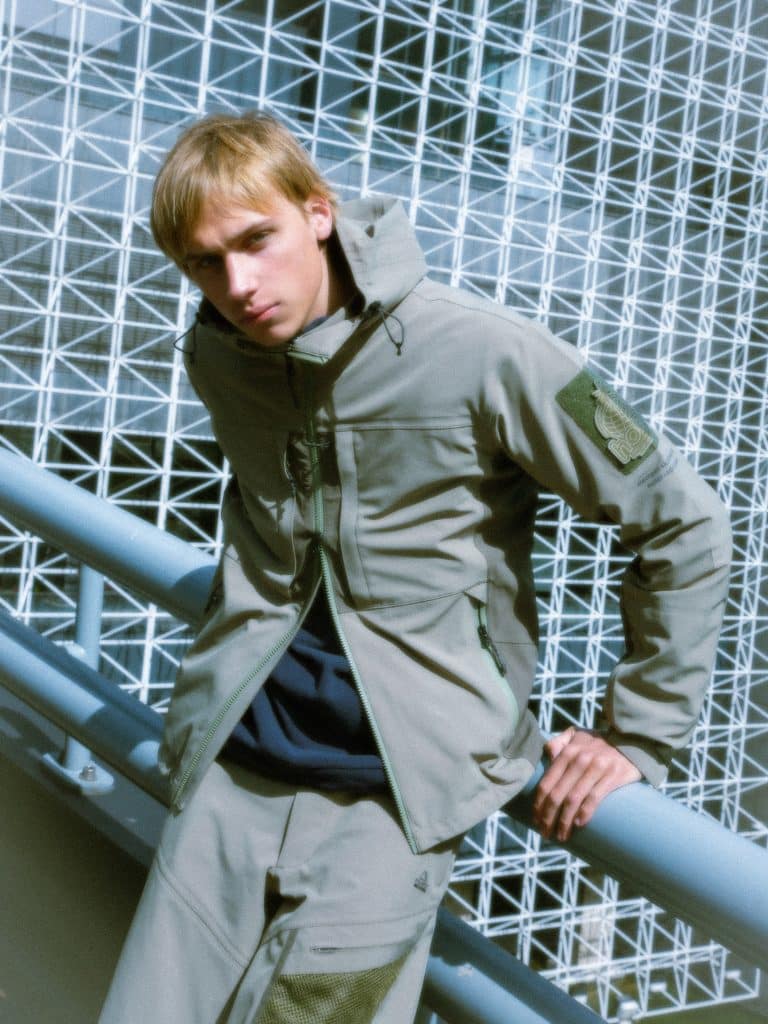
Tell us about Polartec and why that particular bit of fabric tech was important?
Polartec was an obvious choice for us as it blends the comfort with the tech we needed for the collection.
It’s also a fabric company that feels familiar as we have all worn Polartec through our lives in some form or another. Comfort was also a critical part of the design project as we aimed for these items to be the ones you keep going back to, not just pieces for a season or a year, but that they become people’s favourite go-to garments.
The Wind Pro polar fleeces and Thermal Pro Sherpa provided the versatile aspects of warmth without weight, with the wind pro being wind resistant and water repellent and the Thermal pro breathable and durable. These were used to create a series of gilets, fleece and jog pants adaptable for home and outdoor use.
The Neoshell fabric was used to create the pant, jacket and sleeveless fishing gilet. The fabric is fully breathable, waterproof, wind-resistant, ultra-durable, silent, flexible and lightweight… basically, it had everything we dreamt of applying to cover the more technical pieces. Designed to be really versatile. The idea being that you can go from the city activity straight to outdoors without having to change out, with just the right amount of detailing.
Even before the pandemic, so much of ‘the culture’ was based online. You’re taking this collaboration on tour though, in a very real way. Is this a reaction to the pandemic or a reaction to everything being digital and via a mobile phone now?
The project was first discussed pre-pandemic and we always had the idea of a tour. The fact that we have all been through the pandemic with lockdowns and travel restrictions make the opportunity for a tour even more pertinent. I mean, what’s better than seeing music live and real human exchange. The launch in Paris was insane, mixing up the kids, all the skaters and the artists playing live.. was a really good mix of people and culture. This is essential for us to keep connected beyond living through the digital versions of ourselves.
I read somewhere that streetwear brands can now be regarded almost in the same way bands and their merch were in the past, and their gear is merch that sells their individual brand values and personality. It struck me as an interesting way to put things. Do you identify with this?
Perhaps this has always been the way. We identify with brand values which most resemble the ones we live our lives by.
It’s tribal to a degree, it’s communication nuanced by the codes you choose to display.
Fortunately, this has immensely evolved and the codes are not so defined or singular at any rate.
For example, I grew up in the UK, through the ’70s, 80′ and ’90s and remember the effect that brands like Stone Island had on the local culture when it started to appear on the street for example.
Back then, you were not a skateboarder wearing Stone Island and into football, even though you might have loved the aesthetic and workmanship of the pieces, it just didn’t happen, you were either one thing or another… whereas now its completely fused in the sense that it’s totally ok to be many things, to appreciate and enjoy it all. So perhaps codes are less defined or at least mixing up interests and communicating through personal style is more accepted than it once was.
I guess it also really depends on what the objective of the brand is and how they engage with their audience.
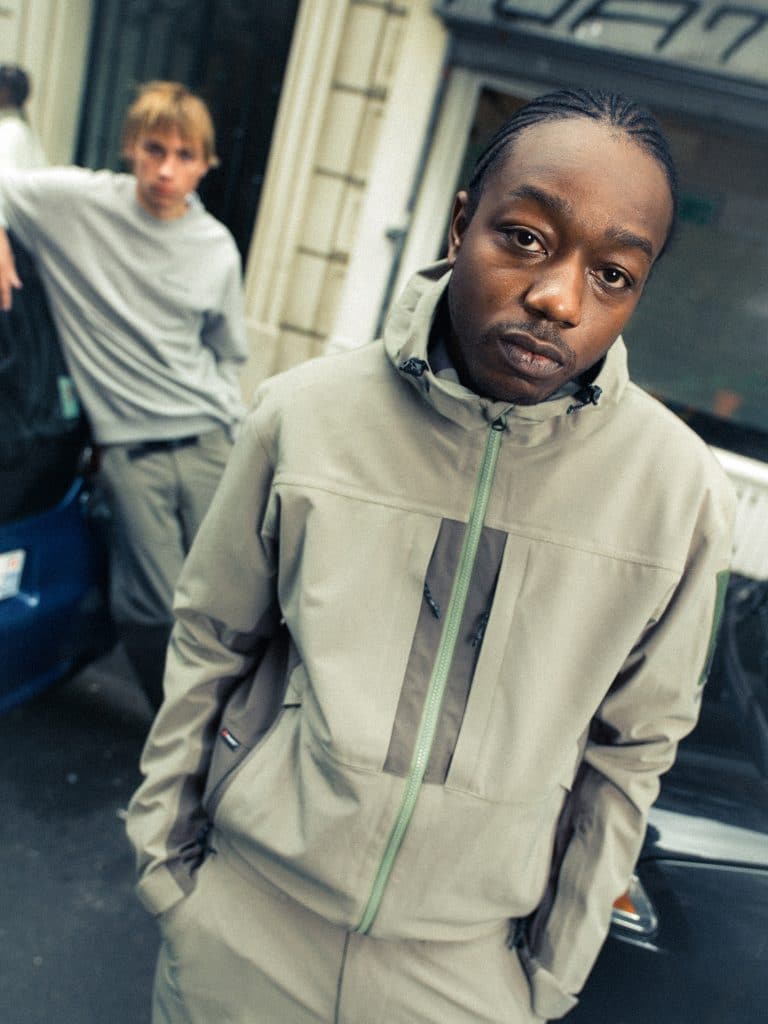
Do you have a favourite piece from the range?
All the pieces in Polartec Neo Shell and an in particular, the Jacket. As I mentioned, I was brought up in the UK, and outerwear played and still plays a big part in what I personally like about garments and silhouettes in general. Rain jackets for days…
What else can we expect from Element in the future?
Well, it’s going to be the brands 30 years in 2022, so we have a few gems lined up throughout the year.
There is a great project with a bike company launching in the spring amongst others and for the fall, we have developed a collection and project with a vertical mountaineering brand which bridges skateboarding and mountaineering cultures. Can’t reveal at this stage exactly who they are, but really have been phenomenal projects to work on.
Essentially, the brand has a great opportunity in continuing to bridge the connections between skateboarding and outdoor pursuits and culture, our focus is there, it’s skateboarding, nature, culture.
Shop the collection now at size?

